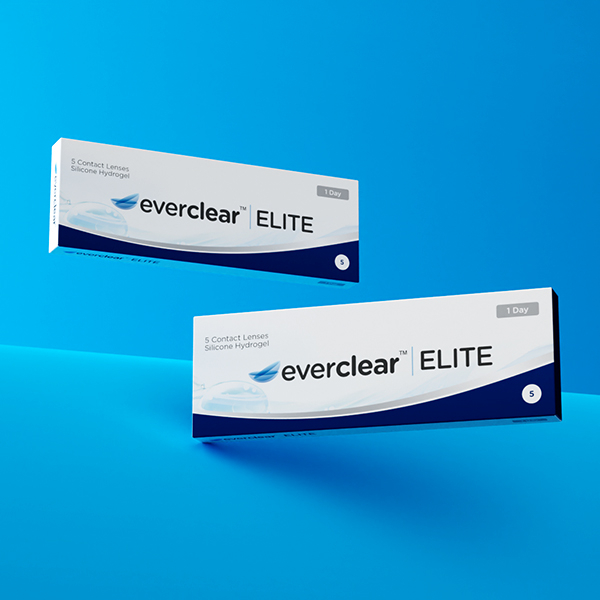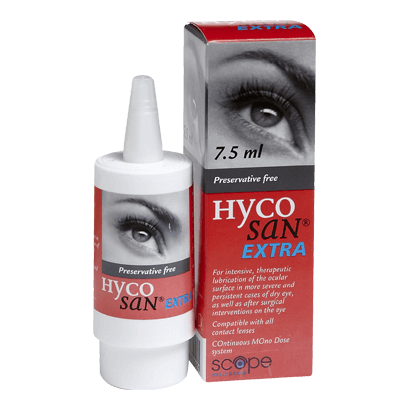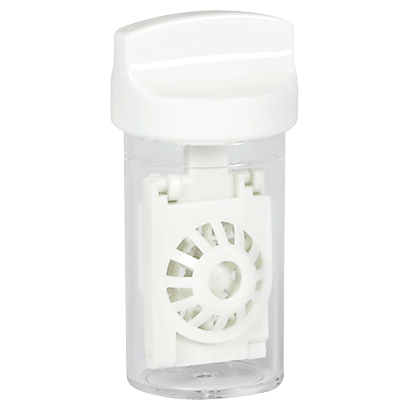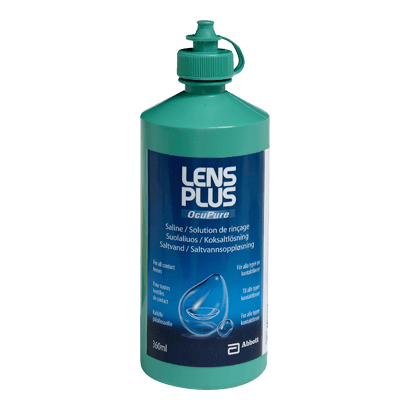
Travelling at the speed of light is a staple of sci-fi fiction. Whether it’s Captain Picard asking for warp factor 9 or the Flash running so fast he can bend time and space, the result is often a sudden empty space where the hero once stood.
But if we really could move at an incredible pace, just how fast would something have to be going before it really was quicker than the human eye? We put on our scientific hats for a while to find out.
On the face of it, this seems like quite a simple question. However, there are a lot of external factors that might change the answer one way or another. For instance, a beach ball would have to speed past your face much faster than a ping pong ball, or even a tennis ball, in order not to be noticed at all. It also depends just how far away that object is, or even how light or dark it was that day.
A simpler question

To make this question simpler, let’s say you were sitting in the front row of a football stadium right in the middle. It’s a clear, sunny day and you are looking straight forward as one of the player’s kicks a ball right down the middle of the football pitch. How fast does that ball have to be going before you won’t register it even going past?...also you can’t blink, that’s cheating.
Let’s start with how your eye sees the world. As we’ve shown in our eye post, when you look at something light is reflecting off that object and into your eye. That light is then focused and sent to your brain which interprets it as an image.
How fast can we really see?
In order to become invisible then, the ball would have to go so fast that the brain doesn’t have time to process any light reflecting off it. In an experiment, air force pilots were able to recognise an image of a plane that was flashed on screen for as little as 1/220th of a second. With this in mind, we can imagine that the ball would have to be in front of you for at most 1/250th before the brain just never picked it up.
So doing some quick maths… An average football pitch is about 68 meters wide and 105 meters long, so to be in the centre the ball would have to be about 34 meters away. From that distance the ball won’t look much bigger than a small white circle, but not one you wouldn’t miss if it zoomed past.
The average human field of view is about 200 degrees horizontally, which is pretty huge, but our binocular vision is about 120 degrees. This is the amount in front of you that both your right and your left eye can see. For this we’ll assume you’re only really concentrating on that smaller area, staring right ahead. That means you would only be looking at roughly 70 meters of pitch at any one time.
The final result

So in order for the ball to be invisible, it would need to cross 70 meters in 1/250th of a second. That’s 17500 meters every second or 38146 mph! At this point the ball would be moving way, way faster than the speed of sound, and would almost certainly have crumpled up into a little fireball before a goal was even scored.
Of course this is all very theoretical, and completely relies on all the conditions being absolutely perfect plus a striker with the right foot of a god. It all gets a lot more complicated when you start adding bigger objects.
Ultimately our eyes and brain work together so fast, that it would often take something actually moving faster than the speed of light not to be noticed. Even in our example above, it’s possible you might still have an Idea that something went past, just because the light reflecting from the area around the ball was blocked for a split second.
Unfortunately, if the ball was kicked so hard it reached the speed of light, the resulting explosion would in fact level the city surrounding the stadium. Under standard FIFA rules this would almost certainly mean a red card and suspension for the player.

Try everclear ELITE
Exclusive to Vision Direct, everclear ELITE lenses are super-comfy and convenient, with an ultra-hydrating formula to lock in moisture throughout your day. These daily disposable lenses, made with silicone hydrogel material, allow oxygen to pass through to your eyes, so they stay and look healthy for up to 12 hours. Wearers with dry eyes will benefit from the hydrophilic design, formulated to put an end to irritations and stop any itchiness. Plus, UV blocking offers an extra layer of defence against harmful sun rays.
Discover everclear ELITE




































































































































